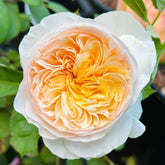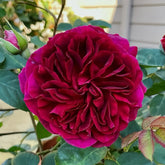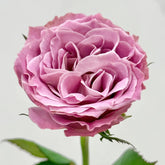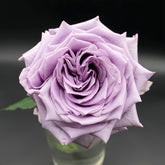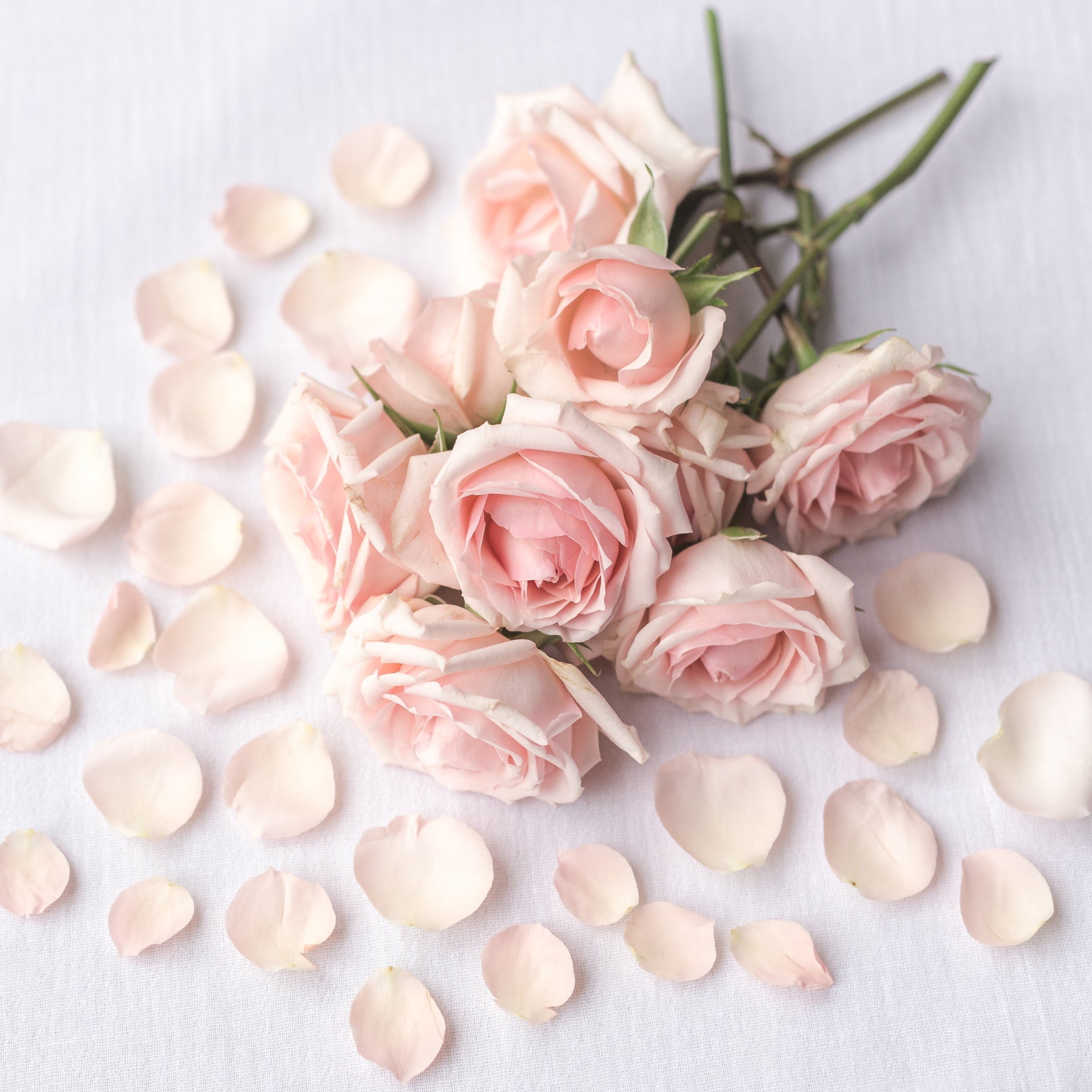What Is a asian roses? The Queen of Flowers Explained
What Is a Rose? The Queen of Flowers Explained
Roses, belonging to the genus Rosa in the Rosaceae family, are among the most iconic and beloved flowers worldwide. Known as the “Queen of Flowers,” roses captivate with their dazzling colors, exquisite forms, and enchanting fragrances. Originating in Asia—primarily China, India, and the Middle East—roses have a long cultural and horticultural history, making them a timeless symbol of beauty, love, and romance.
Origin and Diversity of Roses

Roses come in a stunning array of forms, from single-petaled wild roses to hybrid tea roses with lush, layered blooms. Their colors span from classic red and soft pink to vibrant yellow, pure white, and even rare shades like blue and black. Asian roses, especially those cultivated in China and Japan, are cherished for their unique petal structure, fragrance, and symbolism.
The Meaning and Symbolism of Roses

Throughout history, roses have symbolized profound emotions. Red roses represent passionate love, pink conveys admiration and friendship, white signifies purity, and yellow celebrates joy and companionship. In Chinese culture, roses are admired for their beauty and virtue, symbolizing honor and good fortune. In Western traditions, roses are often central to romantic gestures and poetry, from Shakespeare’s sonnets to modern-day weddings.
Rose Market Trends and Pricing Factors

Roses are both commercially valuable and widely traded. Factors influencing their market price include rarity of variety, bloom quality, color demand, seasonal availability, and international trade. Premium varieties like ‘Black Baccara’ or striped “Marble” roses command higher prices, especially around holidays like Valentine’s Day and Mother’s Day. Region and logistics also affect costs—roses closer to production centers are usually more affordable.
How to Propagate Roses: Division, Seeds, and Cuttings
Roses can be propagated through several methods:
- Seeding: Suitable for wild or miniature Asian roses. Sow in a moist, well-draining mix and keep warm (20–25°C) until germination.
- Root Division: Separate mature roots with shoots attached. Replant each section in nutrient-rich soil.
- Sucker Division: Remove and pot side shoots growing from the base.
- Cuttings: Use 10–15 cm healthy stems, dip in rooting hormone, and plant in moist soil. Best done in spring or fall.
Are Roses Cold Hardy? Winter Care Tips
Most roses are not frost-tolerant and require winter protection. Prior to cold spells, feed roses with potassium-rich fertilizer to strengthen stems, prune to reduce wind exposure, and mulch around the base. In harsh climates, consider wrapping the plants with breathable fabric or moving potted roses indoors.
When to Plant Roses

The best time to plant roses is in spring or fall, when temperatures are mild and stable. Choose a site with at least 6 hours of direct sunlight, and plant in fertile, well-draining soil. Avoid planting during peak summer or freezing winter conditions.
Watering and Soil Requirements

Roses thrive in slightly acidic to neutral soil (pH 6.0–7.0). Use filtered or clean water, ideally between 18–25°C. Avoid overwatering; keep soil moist but not soggy. Proper drainage and aeration are essential to prevent root rot and ensure healthy growth.
Roses in Chinese Culture
In Chinese tradition, roses symbolize beauty, sincerity, and noble character. They are featured in ancient poetry and often represent auspiciousness and harmony. Different rose colors also convey specific meanings—red for love, white for purity, pink for gratitude, and yellow for celebration.
Language of Roses: What Do Colors Mean?
Roses speak the language of emotion:
- Red: Love, passion, desire
- Pink: Admiration, gratitude, sweetness
- White: Purity, innocence, new beginnings
- Yellow: Friendship, joy, celebration
- Blue: Mystery, rarity, the unattainable
- Purple: Nobility, enchantment, admiration
Roses and Poetry: A Timeless Connection
Roses have inspired poets for centuries. In both Eastern and Western literature, roses symbolize fleeting beauty, longing, and human emotion. Chinese poets praised roses in classic verses, while Western poets like Robert Burns and William Blake immortalized roses in romantic and philosophical works. Through poetry, roses become more than flowers—they are vessels of emotion, memory, and meaning.
Conclusion
Whether admired for their radiant blooms, cherished for their symbolism, or grown for their market value, roses continue to be one of the most beloved flowers in the world. From Asian rose traditions to modern hybrid innovations, these elegant blooms hold a special place in gardens, poetry, and hearts across the globe. Plant a rose, and you plant a story of beauty, love, and timeless charm.

